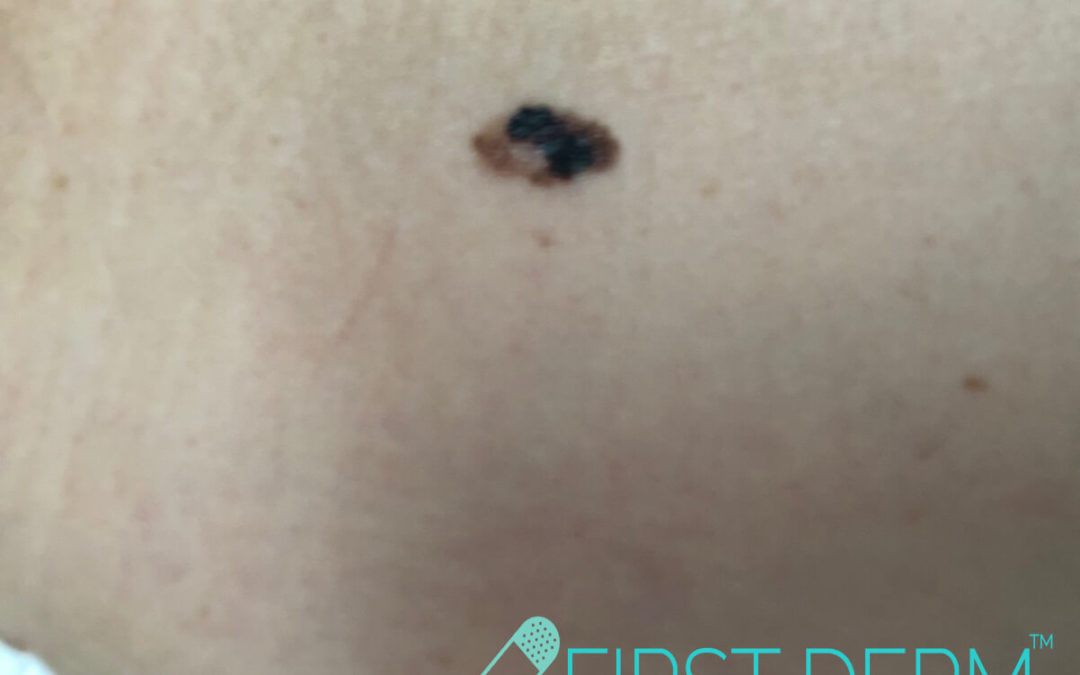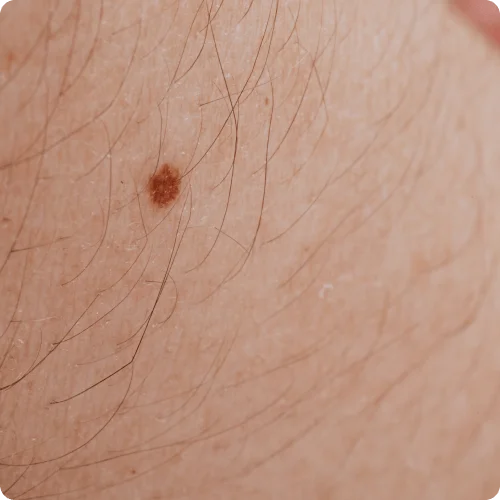Malignant melanoma is the deadliest form of skin cancer, as it has the potential to spread to other parts of the body. This form of cancer in skin pigment cells is often caused by the sun’s ultraviolet ray.


Malignant melanoma is the deadliest form of skin cancer, as it has the potential to spread to other parts of the body. This form of cancer in skin pigment cells is often caused by the sun’s ultraviolet ray.

Explore Non-Melanoma Skin Cancer types, symptoms, and the importance of early detection for effective treatment. Stay informed about NMSC risks

Non-melanoma skin cancer now surpasses melanoma in global fatalities, reveals a new study from EADV Congress 2023. Dive into the insights, risks, and implications
Learn more about how the first derm app could save your life from cases we’ve addressed in the past. Plus more information on how it works.
Everything you need to know about sunburn is right here! Treatment, prevention and home remedies for you to try anytime, anywhere.
Malignant melanoma is the most serious form of skin cancer and the cancer form that increases the most among humans. It is strongly related to sun UV rays and repeated sun-burns. If detected early and treated early, 95% survive the disease. Therefore early detection is important.
Nodular melanoma is an invasive form of melanoma which accounts for roughly one fourth of diagnosed melanomas. It is characterized by being faster developing, meaning it quickly grows downwards into the deeper layers of skin.
Seborrheic keratosis, also called senile warts, is a very common skin condition marked by light brown, tan brown, dark brown, black and variably pigmented spots. The warts are slightly raised with a clear edge and waxy.
Sunburn can turn into sun eczema and skin cancer. When the skin is exposed to the sun for a long time, you get sunburn.
An ulcer is a skin sore that appears red and is filled with pus upon infection. It can be triggered by excessive heat or cold, skin irritation, or problems with blood circulation.
A keratoacanthoma is a skin tumor caused by overexposure to the sun in older adults.
Lentigo solaris, or liver spots, are brown pigmented spots on the skin caused by natural or artificial ultraviolet (UV) rays.